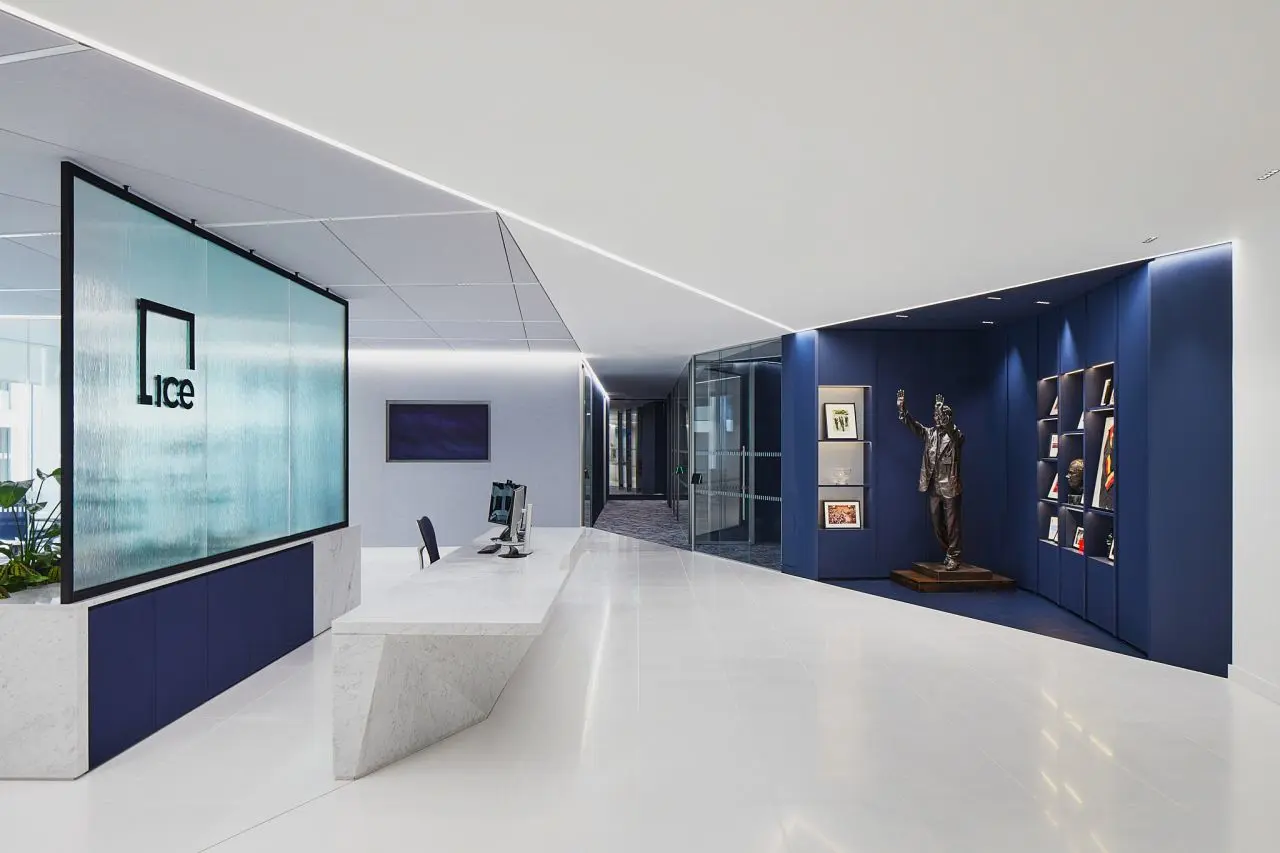Regulatory and technology spur advances in post-trade
7th March, 2017|External Author
Broadridge sees banks and asset managers moving to a "multi-tenant" approach
By Tim Gokey, chief operating officer at BroadridgeFinancial Solutions
With ongoing drumbeat by the US administration that it willseek to roll back key elements of Dodd-Frank and other regulations, many arewondering whether the industry’s focus on transforming post-trade operationsand technology is decreasing. Based on conversations with senior operations andtechnology leaders across North America, Europe, and Asia the mood for changeis as strong as ever, with new and more practical approaches for bringing itabout.
Over the past two years, multiple efforts attempted to bringtogether groups of large firms to create a global institutional “utility” forthe back and middle office. These conversations were spurred by the strong needfor cost reduction among capital markets firms and the belief they had capturedmost of the low-hanging fruit that could be accomplished within their four walls(location strategies, outsourcing etc). In the end, these efforts founderedbecause of three critical issues: 1) inability of the largest players to agreeon their highest priorities; 2) lack of an available next-generation,multi-tenant global technology platform; and 3) the high cost of on-boardinginstitutions onto such a platform once it was created.
Despite the demise of the prior conversations, significantprogress has occurred since then based on new solutions which promise to unlocksignificant value. Indeed, a Broadridge white paper last year estimated thepotential industry savings to be $2 billion to $4 billion annually just basedon the most liquid asset classes. Three key developments have spurred continuedprogress toward a more mutualised approach in post-trade operations andtechnology:
The availability of new global, multi-asset technologyplatforms such as Broadridge’s new Global Post Trade Management platform. Oneof the largest global fixed income capital markets players has recentlycommitted to consolidate more than a half-dozen platforms globally onto thisnext-generation platform, streamlining operations across markets and deliveringa real-time view of positions, trades, and P&L, leading to betterdecisions, lower risk, and higher efficiency.
The realisation that a step-by-step approach is the mostpractical way to achieve the goal. With the failure of severalmulti-institutional initiatives, industry participants are realising thatleading technology partners can arbitrage through time the different needs thatdifferent institutions have. If we address one set of issues today, for-profitentities with a balance sheet are willing to take the commercial risk thatothers will have the same issue tomorrow. Bringing on institutions one at atime also dramatically lowers the on-boarding cost and risk.
The promise of next-generation technologies like blockchain,cloud, and machine learning. Institutions are increasingly aware that thepost-trade operations and technology approach of the next decade will undergosignificant transformation. For each institution to bear the cost and burden ofthose changes individually doesn’t make sense and will slow progress. Conversely,a mutualised approach can be an “on-ramp” for institutions to take advantage ofnext-generation approaches with much lower investment.
Given this new thinking and emerging progress, what will bethe impact of slowing or rolling back Dodd-Frank, DOL, and other USregulations? It’s too early to tell, but the early thinking is that thenew OpTech approach will be even more relevant going forward. Of course, theregulatory and market structure changes in Europe and Asia remain unchanged.Even in the US, now that leaders have seen the potential benefit from astreamlined multi-tenant managed service approach, they realise that approachmakes sense in any environment, and that it will give them very strongoperating leverage if the environment becomes more attractive.
In the meantime, the benefits of a mutualised approach arebeginning to be realised not just by capital market firms, but also by wealthand asset management players who see the ongoing commoditisation of assetmanagement creating the kind of issues for them that capital markets playershave endured the past five years.
One thing that is certain is that change will continue andthat the post-trade OpTech environment of the next decade will transformimmensely. By pursuing mutualised, multi-tenant approaches, leading industryplayers are advancing their ability to leverage new technologies and commonoperating models to gain effectiveness, reduce cost, and position themselvesfor the future.


